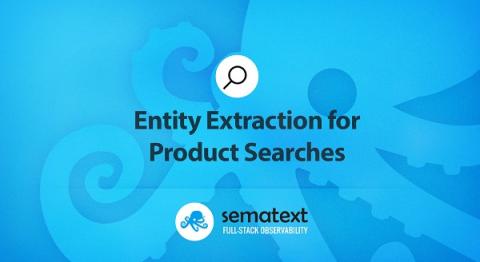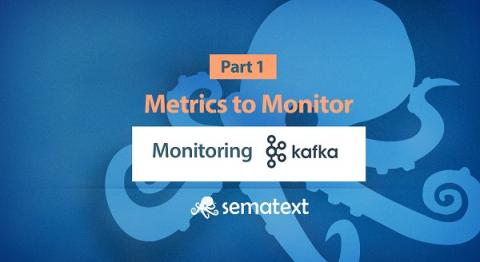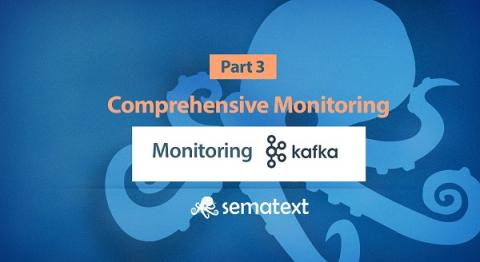Node.js Monitoring Made Easy with Sematext
Node.js monitoring is a tricky task. There are certain challenges to look out for. Because Node.js is a dynamically typed programming language and single-threaded you give the interpreter and runtime a lot of freedom to make decisions. This can easily result in memory leaks and high CPU loads. Parallel execution is simulated in Node.js by using asynchronous execution of functions. But, if a single function blocks the thread or event queue, the application performance will take a huge hit.











